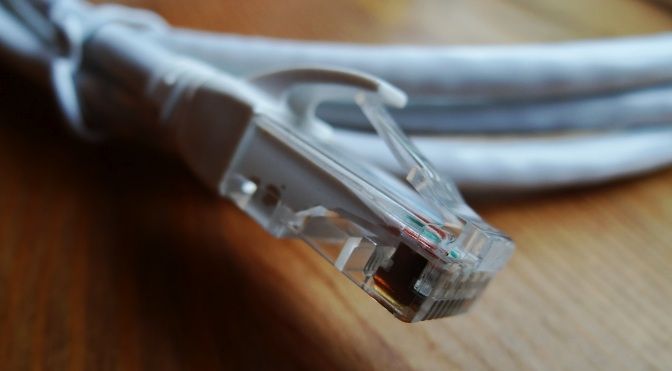Archive for the ‘futurism’ category: Page 1082
Oct 5, 2016
Food production in a world without meat — By Mbali Kgame | Design Indaba
Posted by Odette Bohr Dienel in categories: environmental, ethics, food, futurism

https://www.youtube.com/watch?v=cimOBpVMLxU
“Meat production is detrimental to the environment and at the high rate at which it is consumed, it can also increase the risk of colorectal cancer by 18 per cent. This is according to a review of 800 studies conducted by the World Health Organisation (WHO).”
Oct 2, 2016
What does your skin say about you? Apparently, it says what you say
Posted by Karen Hurst in category: futurism
Plain wild.
Your skin can say a lot about you — from your age to the last time you saw the sun. Now, an Israeli startup called VocalZoom wants to examine skin to make much more complicated analyses: comprehending what we say.
When we talk, the skin on our faces make subtle vibrations, too slight to be noticed with the human eye. While experimenting with an instrument known as an interferometer, VocalZoom CEO Tal Bakish and his team noticed it could detect peculiar measurements. “When it measures the face, we found out that the vibrations were caused only by the speaker’s voice and were not affected at all by any background voice,” he told Digital Trends. “At this point we realized that we have a disruptive technology to extract the voice of speaker in any noisy condition.”
Continue reading “What does your skin say about you? Apparently, it says what you say” »
Oct 2, 2016
Swiss manufacturer Küng brings the sauna tradition to the living room
Posted by Karen Hurst in category: futurism

https://youtube.com/watch?v=xgnuGhLdXx8
A sauna in the living room; I want one.
London Design Festival 2016: Swiss company Küng has designed a series of saunas that can be installed in the living room to take advantage of limited living space.
Continue reading “Swiss manufacturer Küng brings the sauna tradition to the living room” »
Oct 1, 2016
Apple Opens $45 Million R&D Hub For Advanced Tech
Posted by Karen Hurst in category: futurism

I really wish them a lot of luck.
Apple opens a $45 million R&D hub in China to develop advanced software and hardware technology, as well as better audio and video equipment and communications.
Continue reading “Apple Opens $45 Million R&D Hub For Advanced Tech” »
Oct 1, 2016
Putin Bans Bill Gates And Microsoft From Russia
Posted by Karen Hurst in category: futurism
Not sure if Bill has bothered to visit there in quite a while; however, I do wonder about the MSFT folks in Russia.
City hall switching to local software installed by Rostelecom.
Sep 30, 2016
New Ethernet standards will offer up to 5Gbps performance using cables you already own
Posted by Shailesh Prasad in category: futurism
A newly-approved wired Ethernet standard could deliver 2.5GbE and 5GbE connections over existing infrastructure. After nearly 20 years, are we finally ready to move past gigabit Ethernet?
Sep 30, 2016
Massive Earthquake Along the San Andreas Fault Is Disturbingly Imminent
Posted by Sean Brazell in category: futurism
Anyone who is, or will be, anywhere near these potentially severe earthquake damage zones, be safe!
A series of quakes under the Salton Sea may be a signal that the San Andreas Fault is on the verge of buckling. For the next few days, the risk of a major earthquake along the fault is as high as 1 in 100. Which, holy crap.















